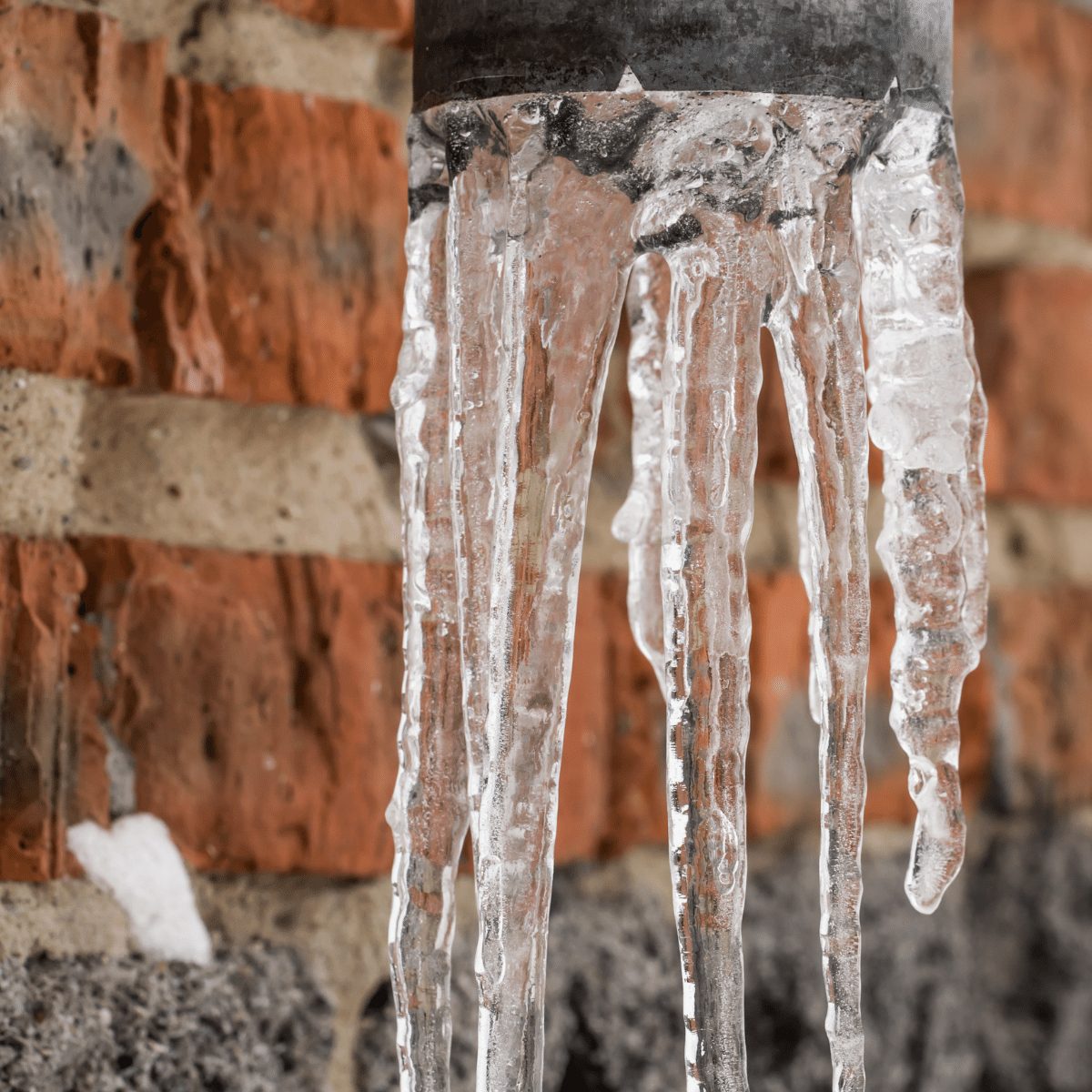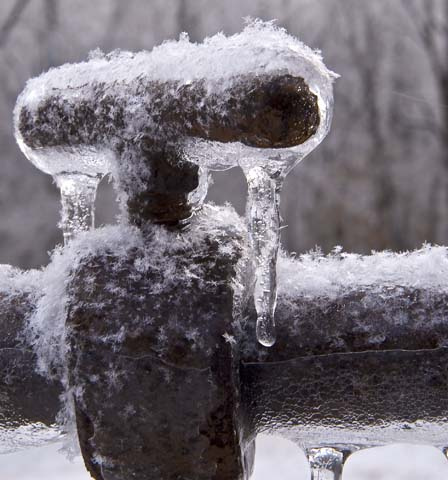Avoiding Frozen Pipes in Winter: Expert Tips
Avoiding Frozen Pipes in Winter: Expert Tips
Blog Article
They are making several great pointers regarding How To Avoid Freezing Pipes as a whole in this article beneath.

Winter can wreak havoc on your plumbing, specifically by freezing pipelines. Right here's how to prevent it from occurring and what to do if it does.
Intro
As temperatures drop, the risk of frozen pipes rises, potentially resulting in costly repairs and water damages. Recognizing exactly how to avoid frozen pipelines is crucial for property owners in cold climates.
Understanding Icy Pipes
What creates pipes to ice up?
Pipelines freeze when subjected to temperatures below 32 ° F (0 ° C) for prolonged periods. As water inside the pipelines ices up, it broadens, putting pressure on the pipe wall surfaces and potentially causing them to rupture.
Dangers and problems
Icy pipes can cause water supply disturbances, home damages, and expensive repairs. Burst pipes can flooding homes and cause comprehensive structural damages.
Signs of Frozen Piping
Determining frozen pipelines early can stop them from breaking.
Exactly how to identify icy pipelines
Try to find decreased water flow from faucets, uncommon smells or sounds from pipelines, and noticeable frost on subjected pipelines.
Avoidance Tips
Insulating vulnerable pipes
Wrap pipes in insulation sleeves or make use of warm tape to shield them from freezing temperature levels. Concentrate on pipes in unheated or exterior locations of the home.
Home heating strategies
Keep indoor areas sufficiently warmed, specifically locations with pipes. Open cupboard doors to permit warm air to distribute around pipelines under sinks.
Safeguarding Outdoor Plumbing
Yard pipes and exterior faucets
Separate and drain garden tubes prior to winter season. Install frost-proof spigots or cover exterior taps with protected caps.
What to Do If Your Pipes Freeze
Immediate actions to take
If you believe icy pipelines, keep taps open to relieve pressure as the ice thaws. Utilize a hairdryer or towels soaked in hot water to thaw pipes gradually.
Long-Term Solutions
Architectural adjustments
Consider rerouting pipelines away from outside wall surfaces or unheated areas. Add added insulation to attics, basements, and crawl spaces.
Upgrading insulation
Purchase top quality insulation for pipes, attic rooms, and walls. Appropriate insulation assists preserve regular temperatures and decreases the danger of frozen pipes.
Final thought
Avoiding icy pipelines calls for proactive measures and quick responses. By recognizing the causes, indicators, and preventive measures, home owners can shield their pipes during winter.
5 Ways to Prevent Frozen Pipes
Drain Outdoor Faucets and Disconnect Hoses
First, close the shut-off valve that controls the flow of water in the pipe to your outdoor faucet. Then, head outside to disconnect and drain your hose and open the outdoor faucet to allow the water to completely drain out of the line. Turn off the faucet when done. Finally, head back to the shut-off valve and drain the remaining water inside the pipe into a bucket or container. Additionally, if you have a home irrigation system, you should consider hiring an expert to clear the system of water each year.
Insulate Pipes
One of the best and most cost-effective methods for preventing frozen water pipes is to wrap your pipes with insulation. This is especially important for areas in your home that aren’t exposed to heat, such as an attic. We suggest using foam sleeves, which can typically be found at your local hardware store.
Keep Heat Running at 65
Your pipes are located inside your walls, and the temperature there is much colder than the rest of the house. To prevent your pipes from freezing, The Insurance Information Institute suggests that you keep your home heated to at least 65 degrees, even when traveling. You may want to invest in smart devices that can keep an eye on the temperature in your home while you’re away.
Leave Water Dripping
Moving water — even a small trickle — can prevent ice from forming inside your pipes. When freezing temps are imminent, start a drip of water from all faucets that serve exposed pipes. Leaving a few faucets running will also help relieve pressure inside the pipes and help prevent a rupture if the water inside freezes.
Open Cupboard Doors
Warm your kitchen and bathroom pipes by opening cupboards and vanities. You should also leave your interior doors ajar to help warm air circulate evenly throughout your home.

Do you appreciate reading about How To Avoid Freezing Pipes? Place feedback down below. We would be delighted to hear your ideas about this piece. Hoping to see you back again in the near future. Do you know about somebody who is very much interested in the niche? Why not share it. Thank you so much for going through it.
Call Today Report this page